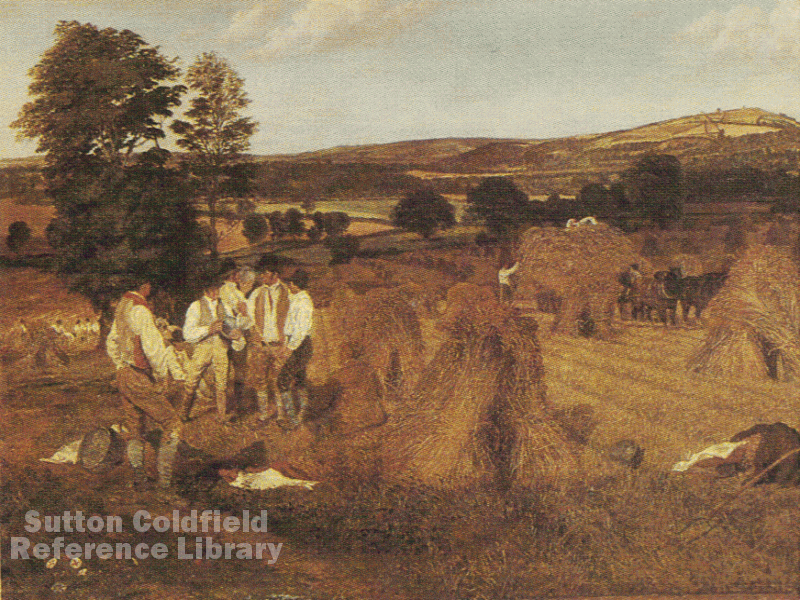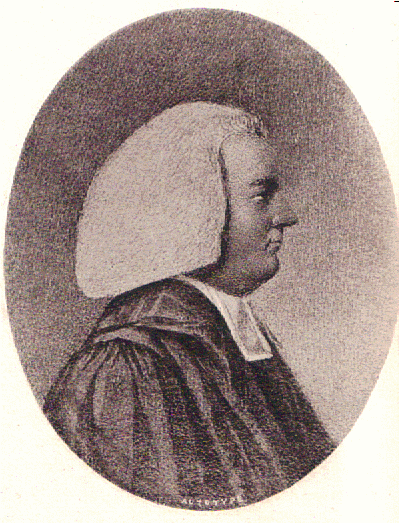An account of the property and tithes belonging to the Rectory of Sutton Coldfield was handed in to the Bishop’s Court at Lichfield on the twenty-second day of August 1801. First came the “Parsonage House” with its “two gardens, orchard, fishpool” and eighteen outbuildings including a “large Tithe Barn with two Threshing floors and two large doors containing five bays.” There were sixty acres of land, and then comes a list of the tithes due to the Rectory.
The most important of these was the tithe of corn: “in the Tithing of corn every tenth Shuck or Cock is due, but every eleventh usually taken”. One tenth of all the grain grown in Sutton would certainly fill the large tithe barn and keep the two threshing floors busy, carts piled high with sheaves of wheat lumbering through the great doors. Tithes were due on all agricultural produce, for example every tenth fleece of sheep’s wool, while the Rector did not go short of eggs - he was due two eggs for every hen in the Parish and two duck eggs for every duck.
However, the tithe barn stood almost empty in 1801, as the Rector, John Riland, collected most of the tithes due in the form of the agreed value in cash per acre. The value of the corn had been agreed years before, and was no longer realistic, so the Rector wrote an open letter proposing a new arrangement. He argued that an acre of wheat would yield about thirty bushels in a good year, maybe even forty, but he was content to take a figure of twenty-two as a base, so that he should receive the value of two bushels per acre. (Nowadays over 100 bushels per acre is normal, the world record being over 220, equal to fifteen tonnes per hectare.) He proposed to increase the cash payment from six shillings an acre to ten shillings an acre, when the true value, he estimated, was twenty-four shillings, or else he would personally take every eleventh shock or stook of wheat from the field at harvest time.
John Riland wrote that he wished to make an addition to his income so that he would be “better enabled to assist my poor Parishioners next Winter, than I could last.” In 1805 a scheme for enclosing the commons and formalising the tithe payments was proposed, but it failed because Riland would not support it. He argued that “the Bulk of the lower classes of the parish were seriously against the Inclosure on account of the great and lasting injury it would be to them.” John Riland died in 1822, and his successor, Mr. Bedford, had no regard for the views or welfare of the lower classes; he did very well from the Sutton Coldfield Enclosure Act of 1824.

